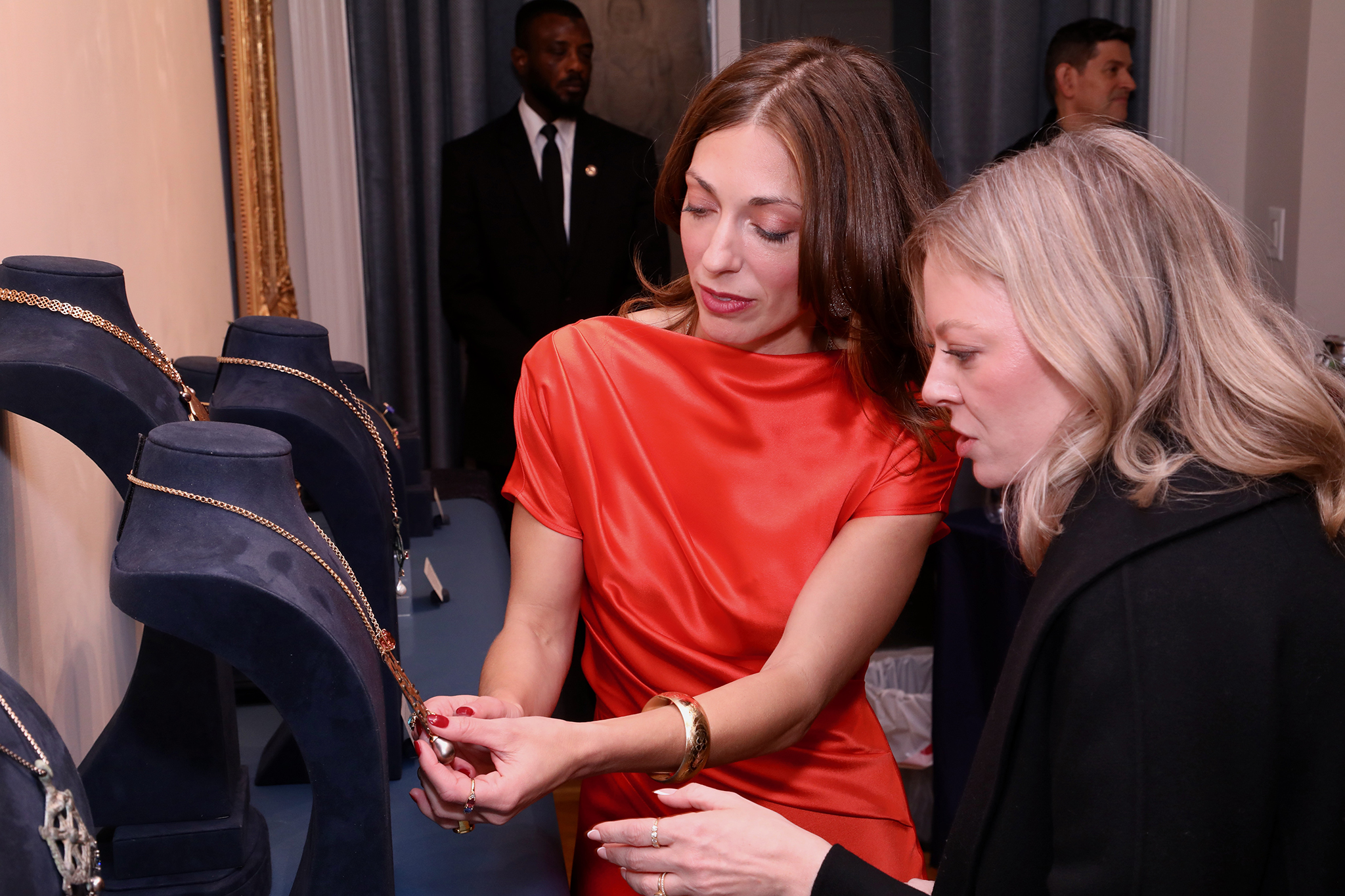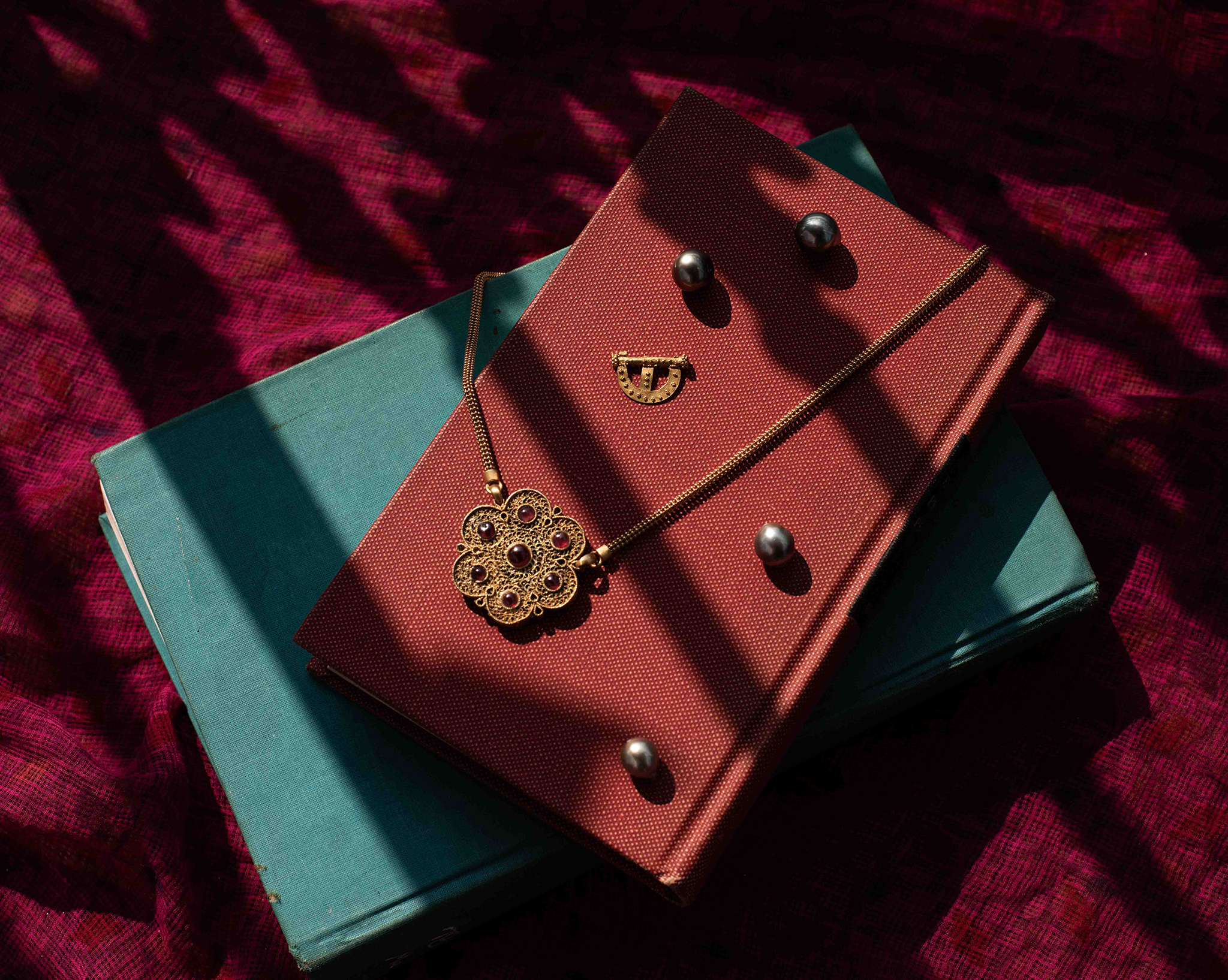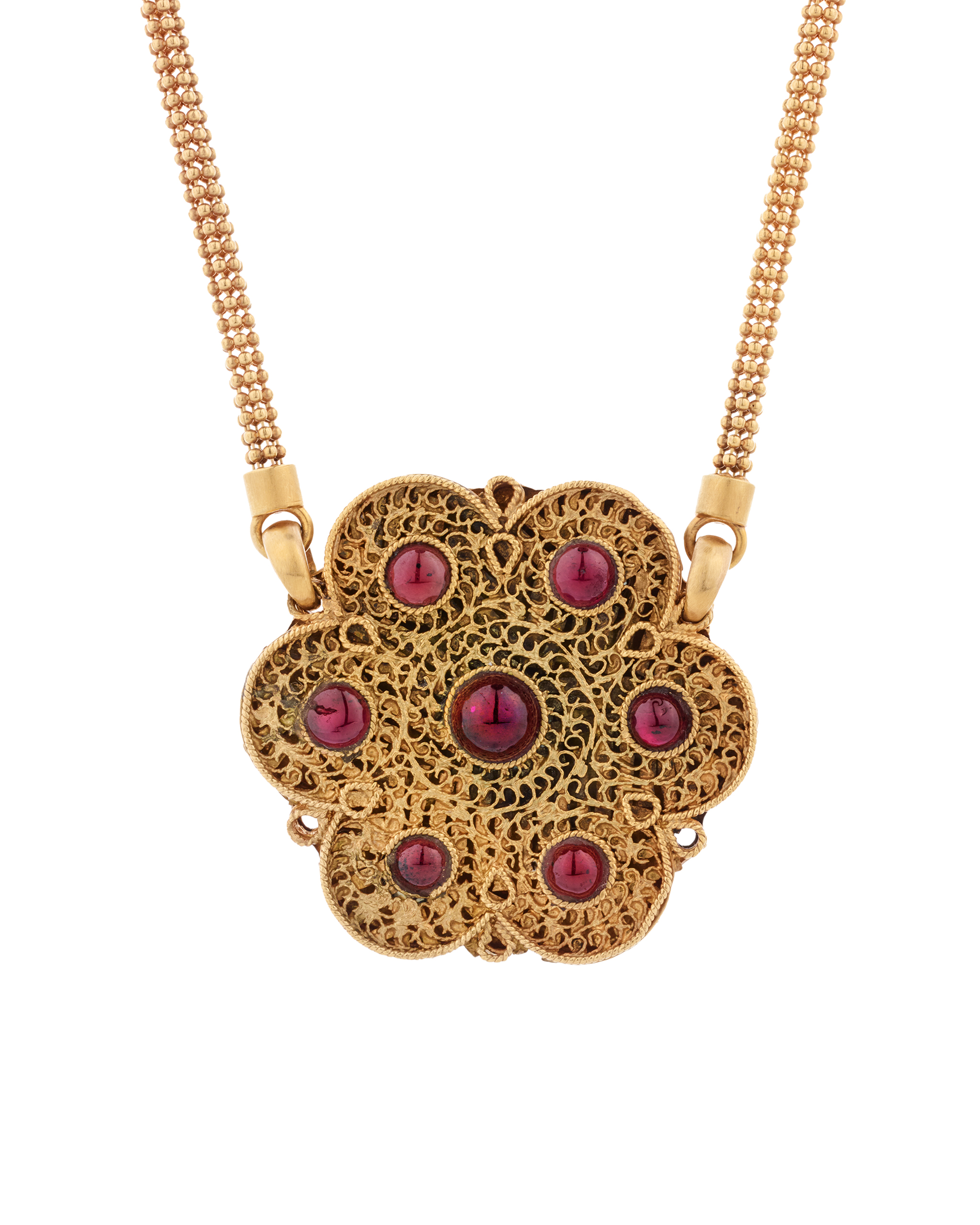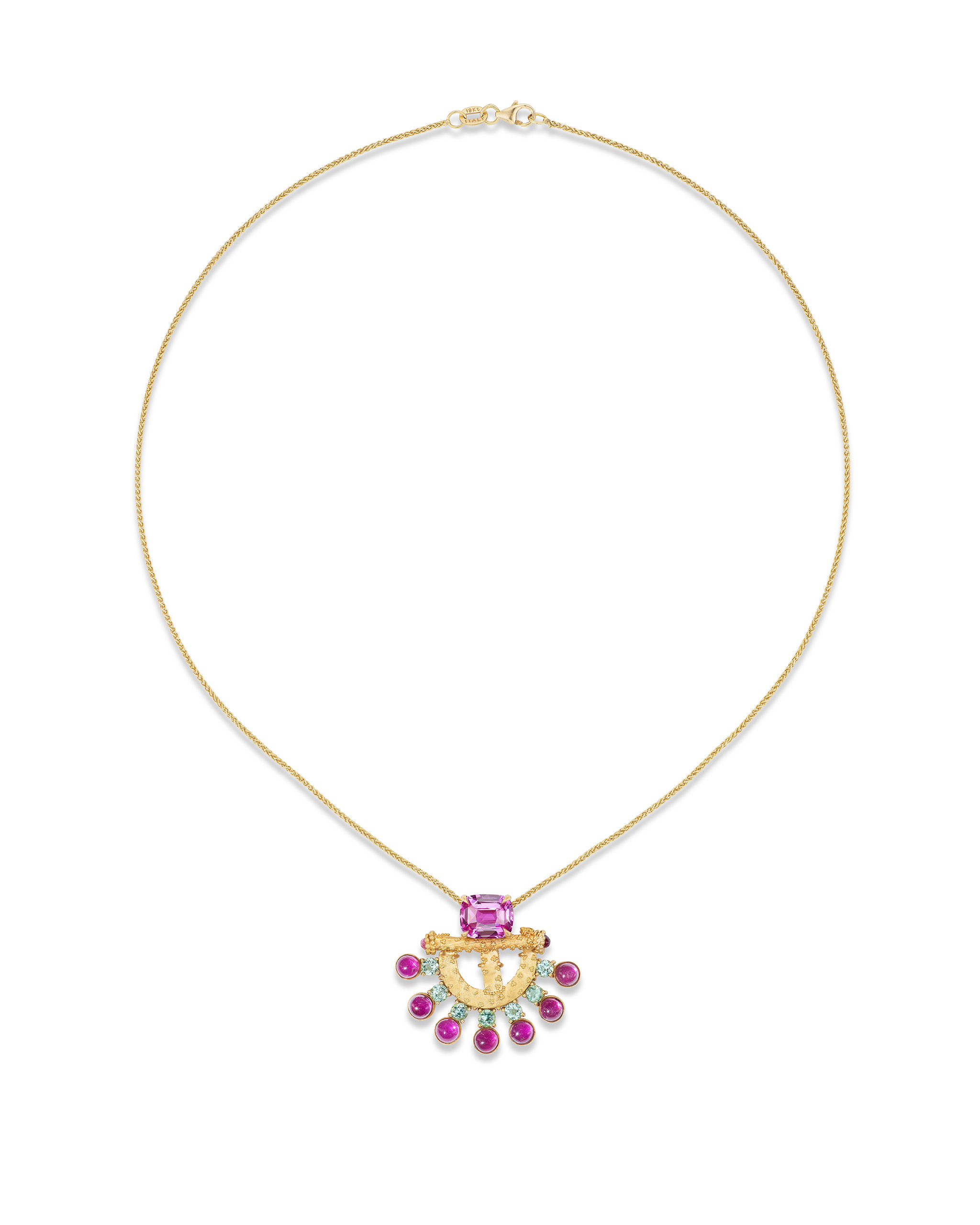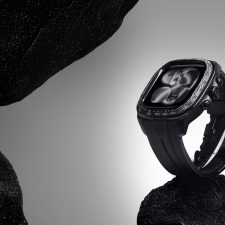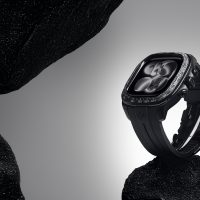Rebecca Rau Jewels Celebrates a Packed House and Standout Success at her NYC THEN & NOW Collection Debut During NYC Jewelry Week 2025
Last week, Rebecca Rau Jewels unveiled the highly anticipated THEN & NOW Collection to a full, and at times standing-room-only, crowd during NYC Jewelry Week.
 November 20th, 2025 – Rebecca Rau at her THEN & NOW Collection Debut event at Jill Newhouse Gallery during NYC Jewelry Week
November 20th, 2025 – Rebecca Rau at her THEN & NOW Collection Debut event at Jill Newhouse Gallery during NYC Jewelry Week
(Photo courtesy of Rebecca Rau Jewels)
Held Thursday evening November 20th, 2025 at the Jill Newhouse Gallery, the debut marked a defining moment for the fourth-generation art and antique dealer turned jewelry designer, whose unique fusion of ancient artifacts and contemporary craftsmanship drew collectors, editors, buyers, and tastemakers from across the city.
November 20th, 2025 – Rebecca Rau and the guests at her THEN & NOW Collection Debut event at Jill Newhouse Gallery during NYC Jewelry Week
(Photo courtesy of Rebecca Rau Jewels)
The event showcased 12 extraordinary pieces, including several brand-new jewels created exclusively for the exhibition, marrying millennia and centuries old materials with modern style. Guests were transported through time as they explored jewels featuring Saxon era fittings, Sasanian intaglio carvings, Medieval plaques, and symbolic forms reimagined in responsibly sourced diamonds, opals, and colored gemstones. Every piece embodied Rau’s signature approach: honoring historical objects while transforming them into wearable works of art for today’s collector.
November 20th, 2025 – Rebecca Rau and the guests at her THEN & NOW Collection Debut event at Jill Newhouse Gallery during NYC Jewelry Week
(Photo courtesy of Rebecca Rau Jewels)
“Each artifact in the collection is unbelievably storied, having lived countless lives before reaching my hands. It’s a privilege to transform them into fresh, provocative jewels while honoring their histories and distinct beauty. Seeing the jewelry pieces resonate so deeply with guests of the opening was incredibly moving. THEN & NOW is about transformation, and it was a pleasure to see it made an impact on all who attended,” says Rebecca Rau.
The Scrolling Floret Necklace
This Byzantine high-karat filigree pendant, dating from circa 700-900 AD, showcases deep garnet cabochons set within expertly crafted goldwork. Originally, such pendants may have been components of necklaces, earrings, or fibulae (brooches to fasten garments), with perimeter loops designed to attach additional gems. Garnet’s popularity in Late Antiquity placed it alongside sapphire, emerald, and amethyst as one of the most prized gemstones of the era. The hollow box construction, with a chased obverse soldered to a plain gold reverse, reflects early Byzantine techniques. Comparable filigree examples in cross form can be seen in The Met’s collection. The pendant is suspended from a contemporary 18k yellow gold chain, blending historical craftsmanship with modern wearability. (Photo courtesy of Rebecca Rau Jewels)
The gallery buzzed throughout the evening as attendees engaged directly with the pieces, many remarking on the emotional resonance and storytelling embedded within each design. “We were so thrilled to be able to provide a venue for Rebecca’s creations with our current show ‘Women: Subject and Object’ supporting our goal to highlight women in all aspects of the artworld,” says Jill Newhouse.
Collectors praised the rarity of the artifacts, while editors highlighted the collection’s originality within the contemporary jewelry landscape. The debut served as the first major public presentation of Rebecca Rau Jewels in New York, cementing the designer’s arrival as a fresh and sophisticated voice within the fine jewelry world. With significant interest from both press and buyers, THEN & NOW signals an exciting path ahead for the brand.
The Scrolling Floret Necklace
(Photo courtesy of Rebecca Rau Jewels)
The Green Flame Necklace
Unearth the spirit of ancient power and pageantry with the Green Flame Necklace-a tribute to the enduring mystique of Anglo-Saxon artistry. At the heart of this piece glows a Saxon-era gilt bronze fitting (circa 400-600 AD), once a carved horse bridle mount that adorned the trappings of elite warriors. With its bold “axe” or “pelta” silhouette, this pendant speaks of high-status burials-echoing treasures found at Sutton Hoo-and the noble partnership between horse and rider in early medieval Britain. Meticulously repurposed, the fitting is framed by a fierce play of color: a 2.30ct Australian Lightning Ridge black opal flickers like fire against an exquisitely lush 2.99ct oval-shaped Merelani mint garnet, five rhodolite garnet sugarloaf cabochons, and five round teal tourmalines. Each element is set in luminous 18k gold and suspended from an 18k “diamond-cut” chain, creating a bold tableau of color and pattern. (Photo courtesy of Rebecca Rau Jewels)

The Protectrice Necklace
This 13th-century Spanish gilt-bronze harness is adorned with an exceptional 11.68 carat no-heat pink tourmaline as well as a pair of large Tahitian baroque pearls. While its original function is not entirely certain, it likely served as a plaque from a medieval girdle belt, a treasured fashion accessory and symbol of chastity often gifted at marriage ceremonies. Alternatively, it bears similarity to panels seen on a noble horse harness, once part of ornate armor for war or tournaments. Richly crafted in gilt-bronze, this piece reflects the artistry of medieval Spain, whether worn by a person or displayed on a noble steed. (Photo courtesy of Rebecca Rau Jewels)
Reimagined Jasper
Discover a bridge between epochs-where ancient stone meets contemporary grandeur. At the heart of this Renaissance-inspired statement necklace lies a mesmerizing, oversized 1st-2nd Century AD cut brown jasper fragment, its natural beauty honored and reimagined for the modern collector. Glimmering round orange zircons (19.02 total carats) and rich Umbalite garnets (7.76 total carats) radiate a warm, intriguing glow, while five Tahitian grey pearls anchor the timeless design. A masterfully preserved 18k gold French “book” chain, dating to circa 1865, unites the composition, seamlessly combining antiquity with 19th-century elegance. Each element-meticulously chosen for beauty and splendor, invites you to wear not just a necklace, but as artifacts reborn. (Photo courtesy of Rebecca Rau Jewels)
The Good Pope
A tribute to endurance, faith, and artistic mastery, The Good Pope Pendant centers a magnificent 19th-century Italian micromosaic: Pope Pius VII in prayer, his figure rendered in thousands of minuscule glass tesserae by master Roman artisans. Such micro-mosaics, beloved as 18th & 19th century Grand Tour souvenirs, captured the romance and sacred artistry of Italy’s historic sites, painstakingly set into precious gold mounts for discerning travelers. Pope Pius VII (1742-1823), depicted here in devotion at a crucifix, was celebrated for his unwavering spiritual strength and benevolence amid the trials of Napoleonic Europe. Kidnapped and imprisoned by Napoleon, he became a symbol of resilience, compassion, and religious freedom for the Catholic Church-restoring peace and prestige after years of upheaval in France. Framing this prayerful portrait are over 4.5 carats of round grey-blue spinels that lend sparkle to the quiet dignity and wisdom of the pontiff. A vibrant 0.75ct orangey-pink asscher-cut sapphire and a luminous drop South Sea pearl offer additional movement and flair. (Photo courtesy of Rebecca Rau Jewels)
The Granulated Goddess
Unearthed from the currents of ancient ceremony, “The Granulated Goddess” pendant centers a Phoenician high-karat gold votive pendant that is axe-shaped and adorned with fine gold granulation. Crafted between 600–400 BC, this captivating fragment hails from the tradition of elaborate ceremonial necklaces on the ancient Mediterranean coast, where several such pendants—engraved with intricate geometric motifs and rich in goldsmith artistry—would drape a woman of privilege and influence. This pendant’s remarkable decorative technique finds echoes in treasures unearthed from Tomb 18 at the Les Casetes necropolis, Villajoyosa (Alicante), Spain, a testament to the Phoenicians’ vibrant trade and cultural legacy throughout the Iberian Peninsula. Part adornment, part symbol, it may once have been given as a wedding gift—conveying fortune, protection, and divine connection. Surrounding this ancient centerpiece, a selection of luminous gemstones brings modern allure: a no-heat pink sapphire (3.02ct), cabochon rubellite tourmalines (3.25 total carats), and teal round tourmalines (0.56 total carats), all set in 22k yellow gold. These combined elements celebrate the Phoenician legacy of cultural influence around the Mediterranean. (Photo courtesy of Rebecca Rau Jewels)
Charm of the Hexagon
At the center of this singular creation lies a remarkable legacy-an early Sasanian amethyst, hand-carved with a radiating, starburst motif nearly 1,500 years ago (circa 4th-6th century AD). Weighing an impressive 23.37 carats, this ancient gemstone glows with the intrigue of Persian courts and Zoroastrian mysteries, its unique geometric pattern echoing the cosmic and solar motifs so beloved in late antique Iran. This extraordinary centerpiece is set in platinum and surrounded by contemporary geometric brilliance: a 1.11ct no-heat Montana sapphire and two hexagonal E/VVS diamonds (0.27ct total) create a striking symmetry, while flashes of teal color-change garnets (0.41ct total), antique baguette diamonds (0.33ct total), and a lustrous South Sea pearl add depth and luster. The bold shapes and platinum setting subtly reference the dynamic geometry and modern sensibility of Art Deco design, drawing a visual bridge from antiquity to the cutting edge of the 20th century. Suspended on a platinum chain, the Charm of the Hexagon is a wearable narrative-where ancient Persian mystery meets Deco-era elegance, inviting new stories at every turn. (Photo courtesy of Rebecca Rau Jewels)

Criss-Cross Necklace
Originating from Bactria — an ancient civilization spanning modern northern Afghanistan, southwest Tajikistan, and southeast Uzbekistan — this amulet carries profound symbolic significance. The four-spoked votive wheel represented the sun, divinity, and celestial travel and appeared during Greco-Bactrian and Kushan periods, reflecting a blend of local and Hellenistic influences. Historically, such amulets were favored by upper-class women and often included in funerary customs. Its coveted uncleaned vivid green patina attests to its incredible age, making this a remarkable intersection of artistry, history, and enduring beauty. The necklace’s dynamic transformation is realized through the thoughtful integration of lustrous gemstones and an antique Lariat chain. Carefully selected pink spinel, rubellite tourmaline, and pink sapphires introduce glowing color and light, illuminating the ancient bronze amulet. The piece is suspended from a 14k “book”-style Lariat chain dating to circa 1880, whose elongated form not only frames the pendant with graceful movement, but also reimagines the centuries-old amulet for contemporary wear. (Photo courtesy of Rebecca Rau Jewels)
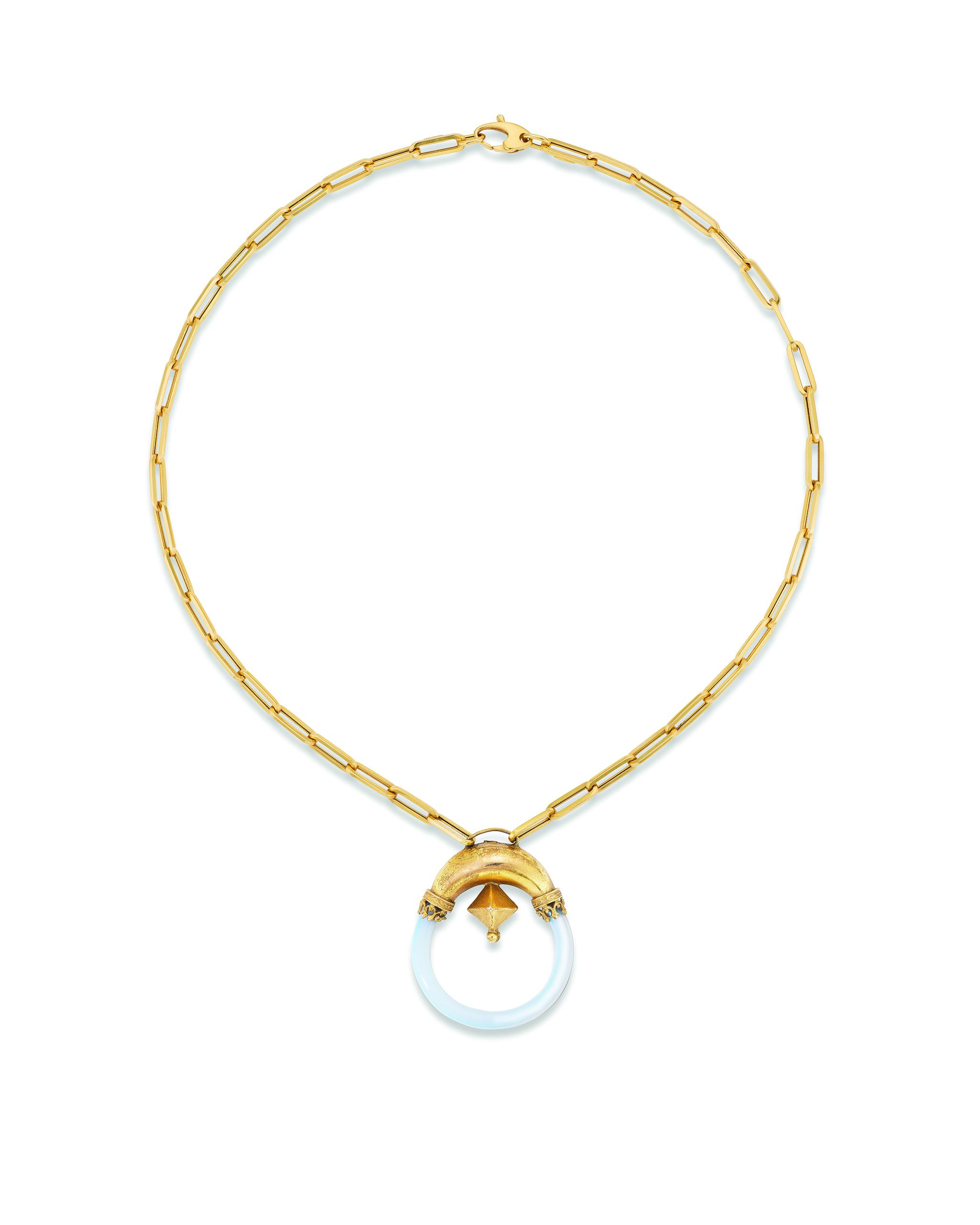
Glowing Glass Necklace
This rare Gothic-style Medieval pendant, dating from 14th-century Europe, exudes timeless elegance and intrigue. Crafted from early glass and high-karat gold, the pendant glows beautifully in both daylight and low light creating a mysteriously luminous presence. Surprisingly contemporary, it hangs effortlessly from a chic 18k “paperclip” gold chain, blending historical artistry with a nod to contemporary versatility and taste. (Photo courtesy of Rebecca Rau Jewels)
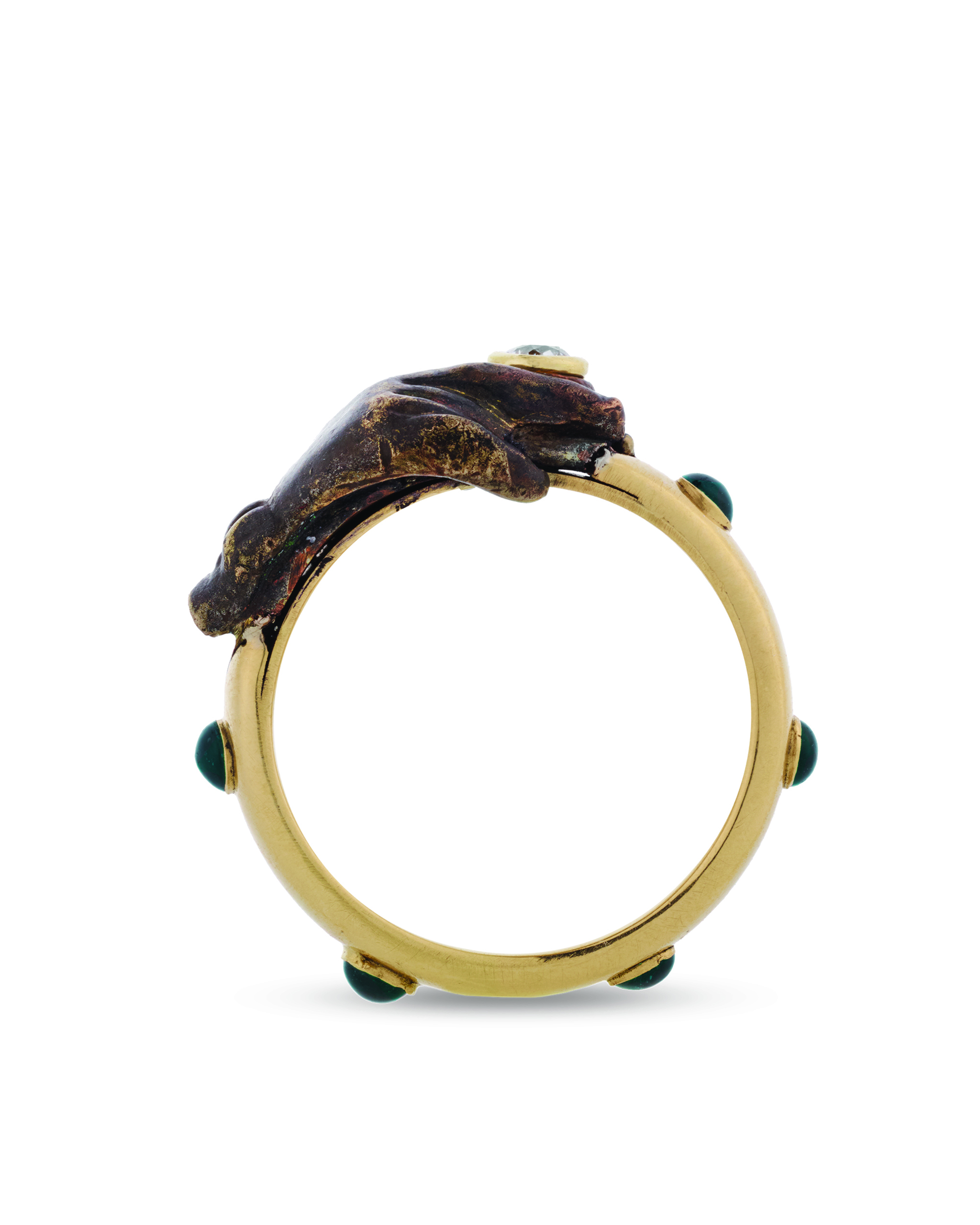
Hand-in-Hand Ring
This captivating ring bridges centuries of devotion and artistry. Originally crafted between 1400–1600 AD in a coppery silver alloy, its hand-shaped “Fede” (fidelity or faith) motif symbolized loyalty, trust, and the unbreakable bonds of commitment. Rings like this sealed vows and love stories throughout medieval Europe, cherished as tokens of both affection and solemn promise. Single-hand Fede rings are exceptionally scarce—most medieval examples feature clasped pairs—making this piece a truly uncommon survivor of its kind. The striking hand design has been thoughtfully reimagined for today. The historic cupped hand now cradles a 0.11ct bezel-set old mine diamond, while the ring shank features 0.52 total carats of vibrant green garnet cabochons, set in warm 18k yellow gold. Part of the original medieval shank is ingeniously embedded into the new gold band—honoring centuries of history with an ingenious comfortable fit. A true conversation piece, the Hand-in-Hand Ring melds ancient symbolism, radiant gemstones, and modern design into a wearable relic—inviting you to carry love’s legacy, hand in hand, wherever you go. (Photo courtesy of Rebecca Rau Jewels)
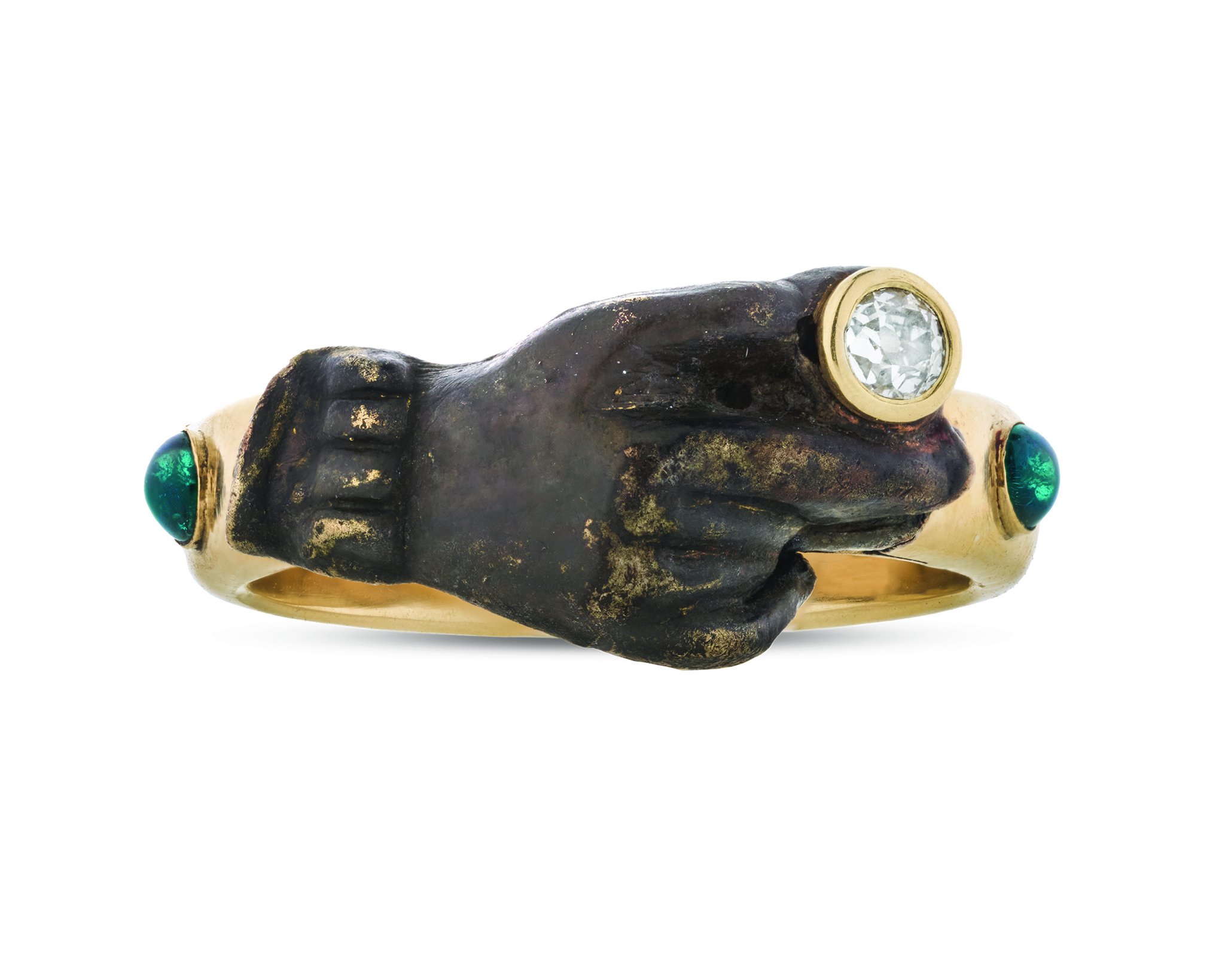
Hand-in-Hand Ring
(Photo courtesy of Rebecca Rau Jewels)
Rebecca Rau Jewels
https://rebeccaraujewels.com | @rebeccaraujewels
Rebecca Rau Jewels, the eponymous brand launched in New York by 4th-generation antique and jewelry dealer Rebecca Rau, is a celebration of human history, craftsmanship, and the legacy of spirituality within bodily adornment. It dissolves the distance between museum and wearer, transforming artifacts once kept behind glass into intimate, living works of art. Through her pieces, Rau reminds us that the impulse to create and ornament the body is as timeless as humanity itself.
All images courtesy of Rebecca Rau Jewels.
Tags: Accessories, ancient artifacts, antique techniques, artifacts, artisanal, Artisans, artist, craftsmanship, debut collection, design, designer spotlight, diamonds, fashion, fine jewelry, gemstones, hand-crafted, handmade, jewellery, jewelry, jewelry design, jewelry designer, jewels, Jill Newhouse Gallery, Medieval plaques, necklace, New York, NYC, NYC Jewelry Week, pendants, Rebecca Rau, Rebecca Rau Jewels, rings, Roman artisans, storytelling, style, symbolic forms, THEN & NOW Collection, Top

